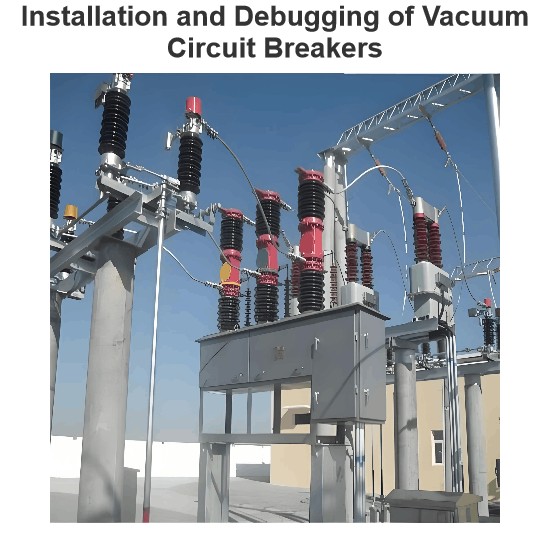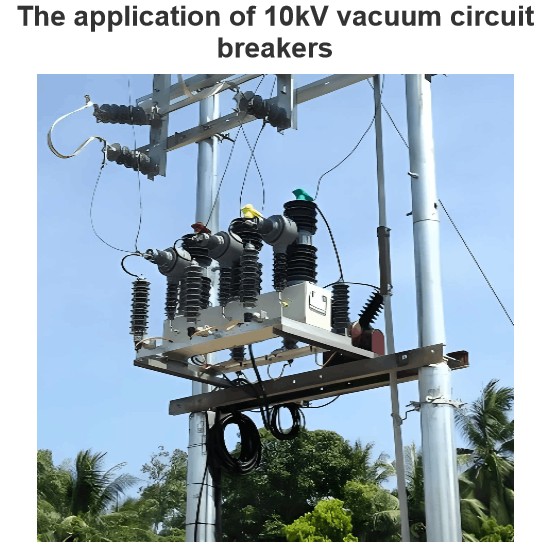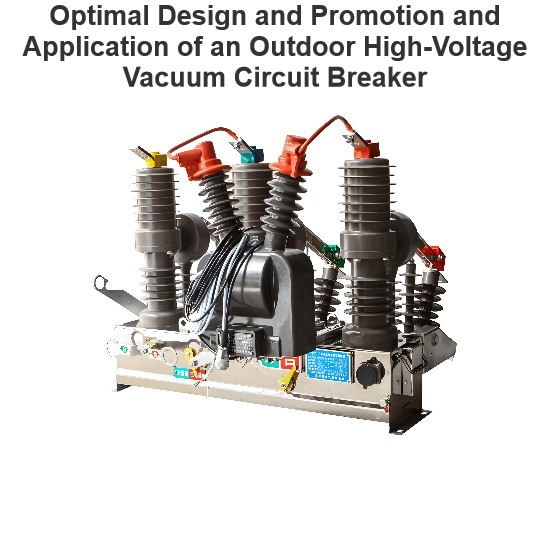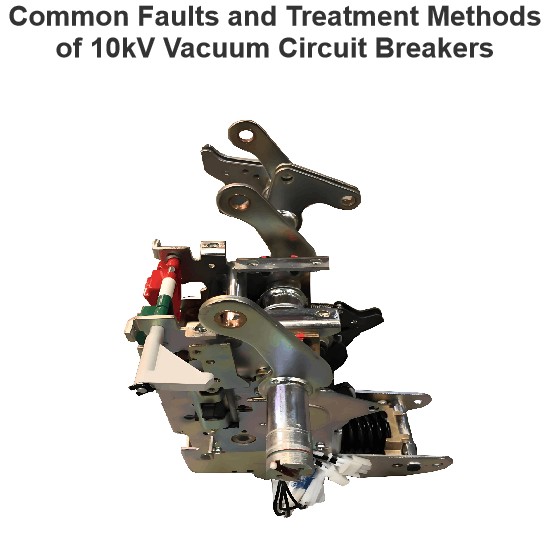| Brand | ROCKWILL |
| Model NO. | 126KV 252KV 363KV 420KV 550KV series disconnector |
| Rated voltage | 420KV |
| Rated normal current | 3150A |
| Series | GW16B Series |
Description:
GW16 series disconnector adopts single-column single-arm vertical telescopic structure, which is mainly composed of base, insulator, conductive system, operating mechanism, etc. The disconnector is operated by CJ11 motor operating mechanism for opening and closing. The attached ground switch is mainly composed of ground switch system and operating mechanism, and each group of ground switches is operated by a CJ11 motor operating mechanism for opening and closing.
Main Features:
Simple and compact structure, small footprint.
Strong product flow capacity, long mechanical life.
Optimized spring design, light and smooth operation.
High seismic performance, can resist nine degrees of earthquake intensity.
The layout is flexible, convenient for users to choose.
Technical parameter
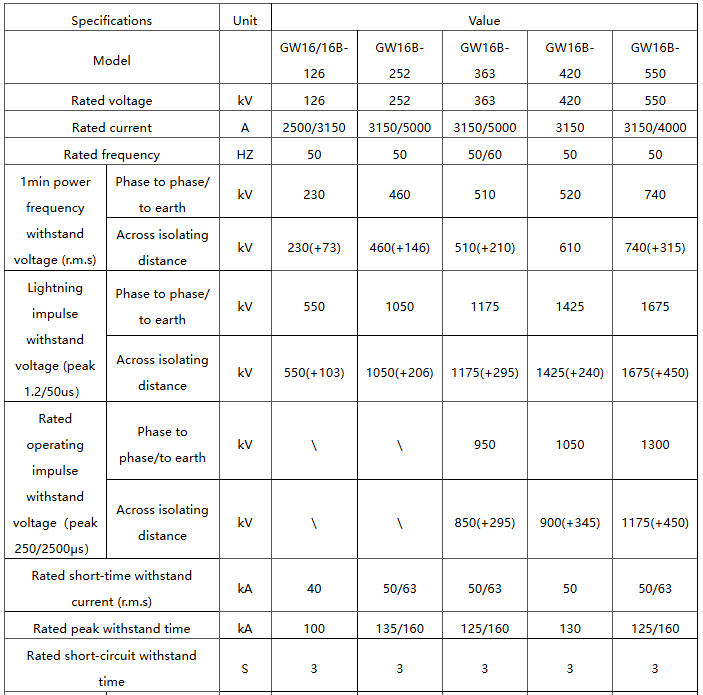
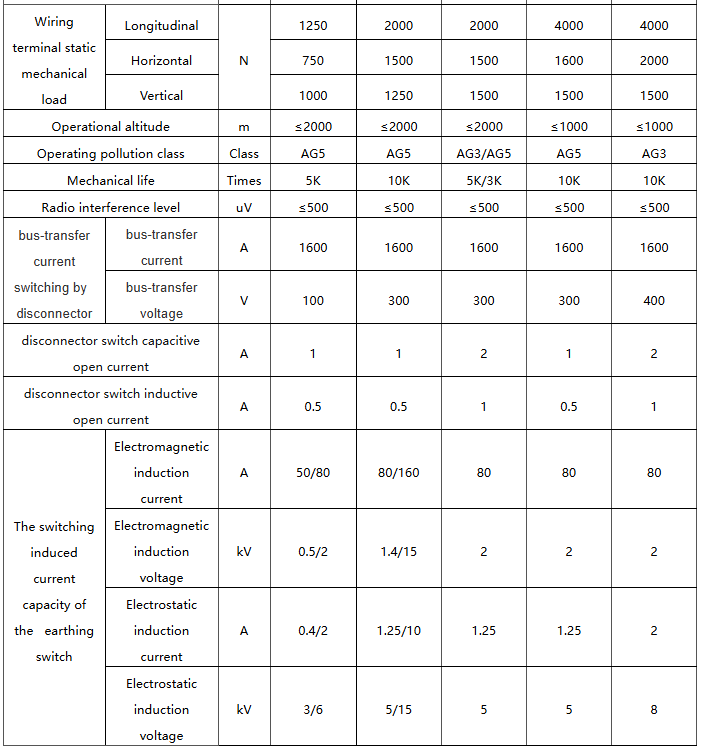
What are the operation modes of the disconnector?
Manual: Manual isolator switches are simple to operate and cost-effective. They are suitable for applications where operations are infrequent, speed is not critical, and operators can easily access the site.
Electric: Electric isolator switches are ideal for large substations and environments that require a high degree of automation. They enable remote control and automated operations but come with higher costs and the need for a stable power supply and complex control systems.
Pneumatic: Pneumatic isolator switches offer rapid and powerful operation, making them suitable for applications requiring high-speed operation and explosion-proof environments (such as chemical plants and refineries). However, they require a compressed air system.
If the isolator switch needs to be operated frequently, it is important to consider its mechanical life and the reliability of the operating mechanism. For example, in substations where frequent switching operations are required, it is advisable to select isolator switches with long mechanical life and reliable, flexible operating mechanisms to reduce maintenance costs and the incidence of failures.
